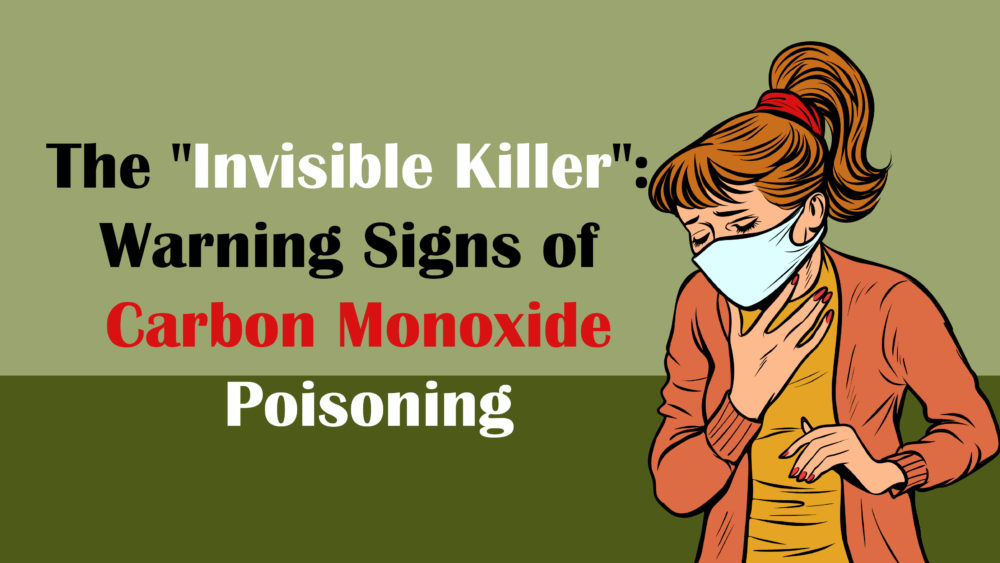The most dangerous poison is one that is nearly impossible to detect until it’s too late. Carbon monoxide (CO) is odorless and colorless, and with more than 100 deaths in the United States due to unintentional exposure in our homes (according to the U.S. Consumer Product Safety Commission), CO can pose that kind of danger.
CO is found in combustion fumes, such as those made by cars and trucks, lanterns, stoves, gas ranges, and heating systems. CO from these fumes can build up in places that don’t have a good flow of fresh air, says the U.S. National Library of Medicine. CO prevents the body from using oxygen properly, and breathing in excess CO can result in sudden illness or death.
Sources of carbon monoxide
When cooking or heating appliances are kept in good working order, they don’t produce much CO; however, if they’re not working properly, they might produce much more. Running a car or generator in an attached garage can cause fatal CO poisoning in the home, as well as running a generator or burning charcoal inside.
Most CO exposures happen in the winter due to unvented space heaters in the home, says the Cedars-Sinai Medical Center. However, other common sources of CO include malfunctioning water heaters, furnaces, clothes dryers, or appliances in cabins, barbecue grills, or pool heaters.
Warning signs
While you may not be able to see or smell carbon monoxide, you might feel some of its flu-like effects. The most common symptoms of CO poisoning are headache, dizziness, weakness, nausea, chest pain, and confusion, according to the Centers for Disease Control and Prevention.
People who are sleeping or drunk can die from CO poisoning before they have symptoms. If you suspect you or your family might be suffering from carbon monoxide poisoning, leave the affected area and get fresh air right away. Try to turn off the source of CO, but only if you can do so safely and quickly. Call 911 or your local emergency medical service immediately.
Prevention
One way to detect carbon monoxide before it affects you is to install battery-operated or plug-in CO alarms with battery back-up in your home. Every home should have a CO alarm in the hallway near the bedrooms in each separate sleeping area, says the U.S. Consumer Product Safety Commission. Test your CO alarms frequently and replace dead batteries.
Most importantly, make sure all fuel-burning appliances are properly installed and maintained. Make sure appliances are installed according to the manufacturer’s instructions and the local codes. Most appliances should be installed by professionals with annual or semi-annual maintenance check-ups.
Examine vents and chimneys regularly for improper connections, visible cracks, rust or stains. Problems that increase the risk of CO emitting from vents are a decreased hot water supply, inability of a furnace to heat the home (or it runs continuously), excess soot, a burning odor, and increased moisture inside the windows.
Sources:
https://medlineplus.gov/carbonmonoxidepoisoning.html#cat_42
https://www.cpsc.gov/s3fs-public/464.pdf
https://www.cedars-sinai.org/health-library/diseases-and-conditions/c/carbon-monoxide-poisoning.html
https://www.cdc.gov/co/faqs.htm



